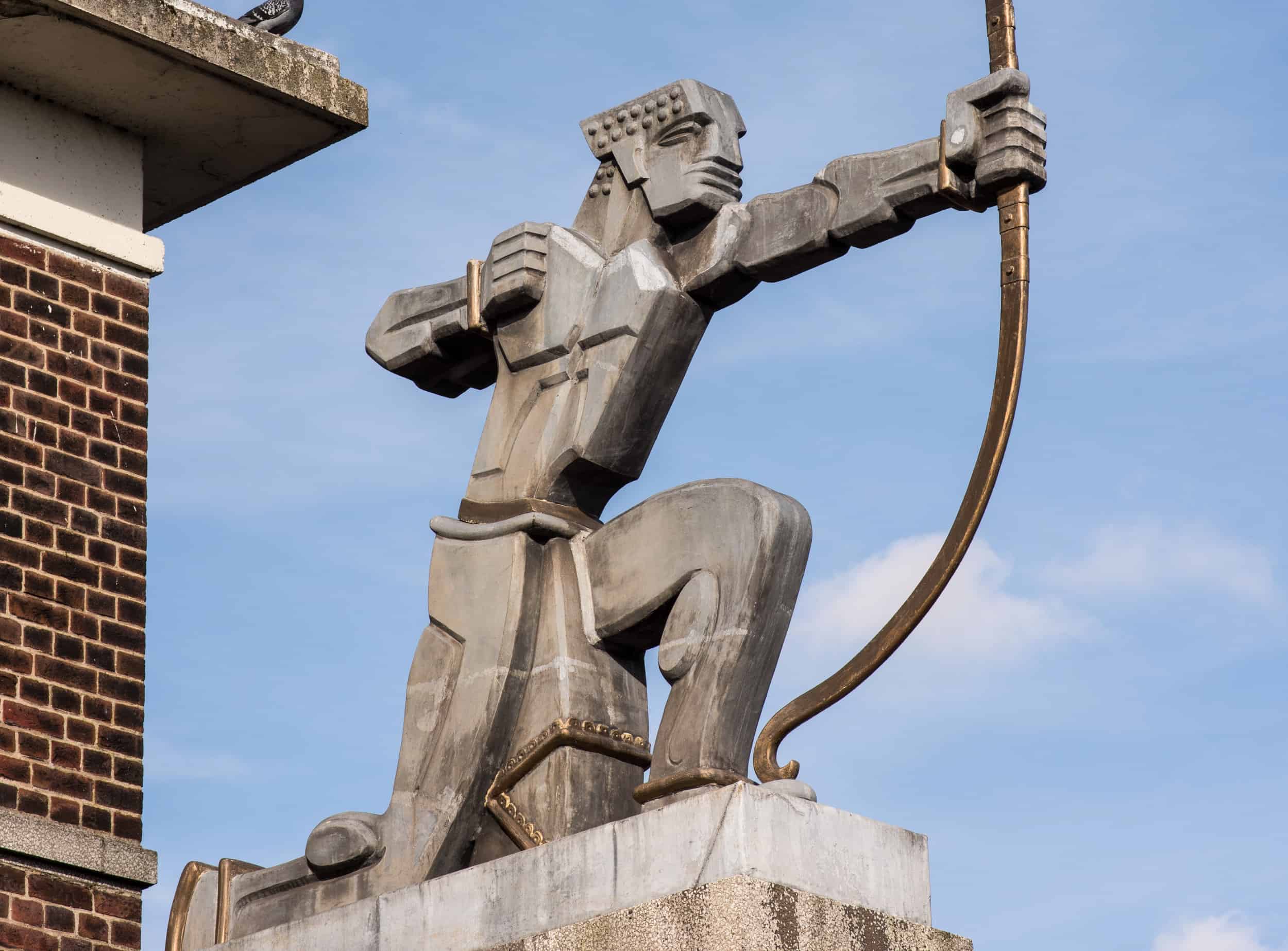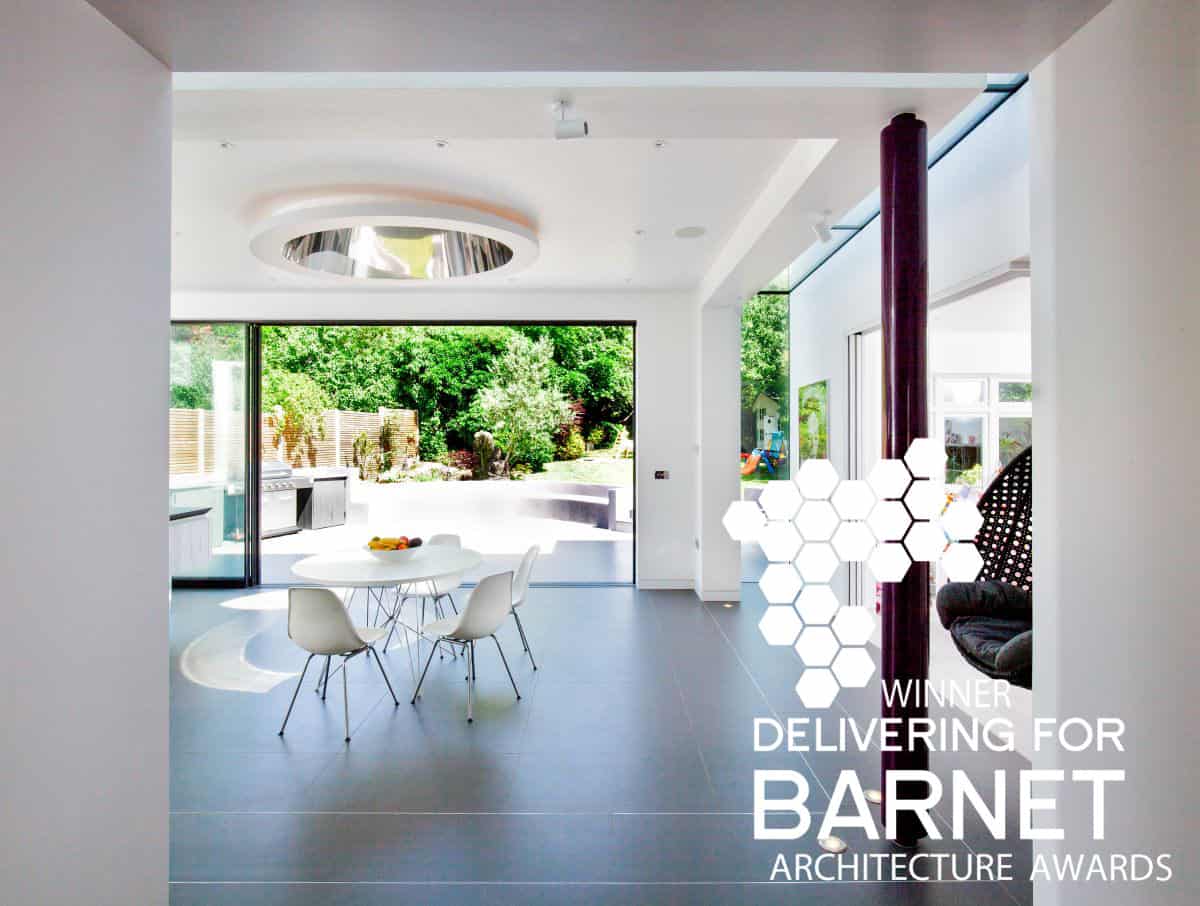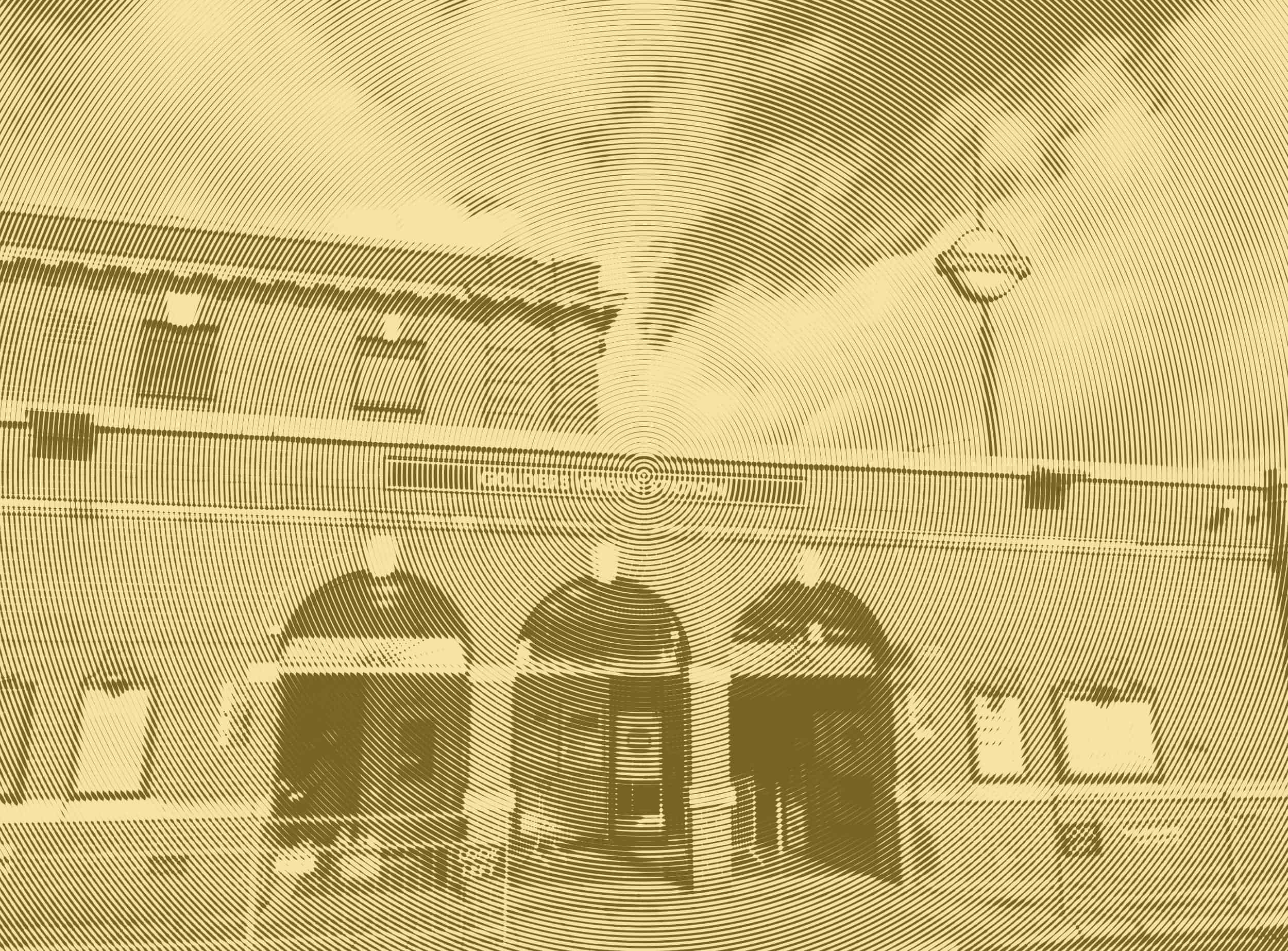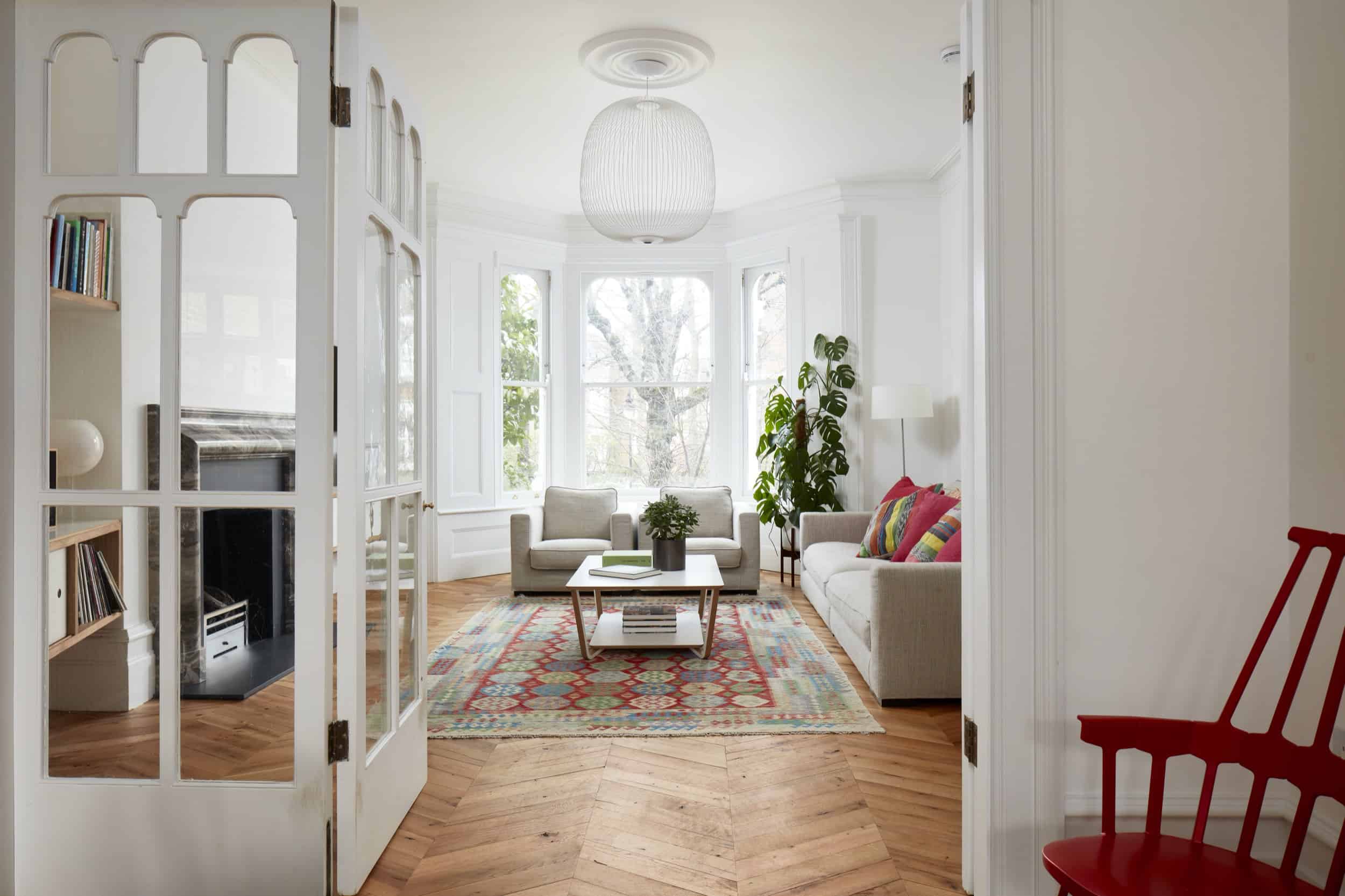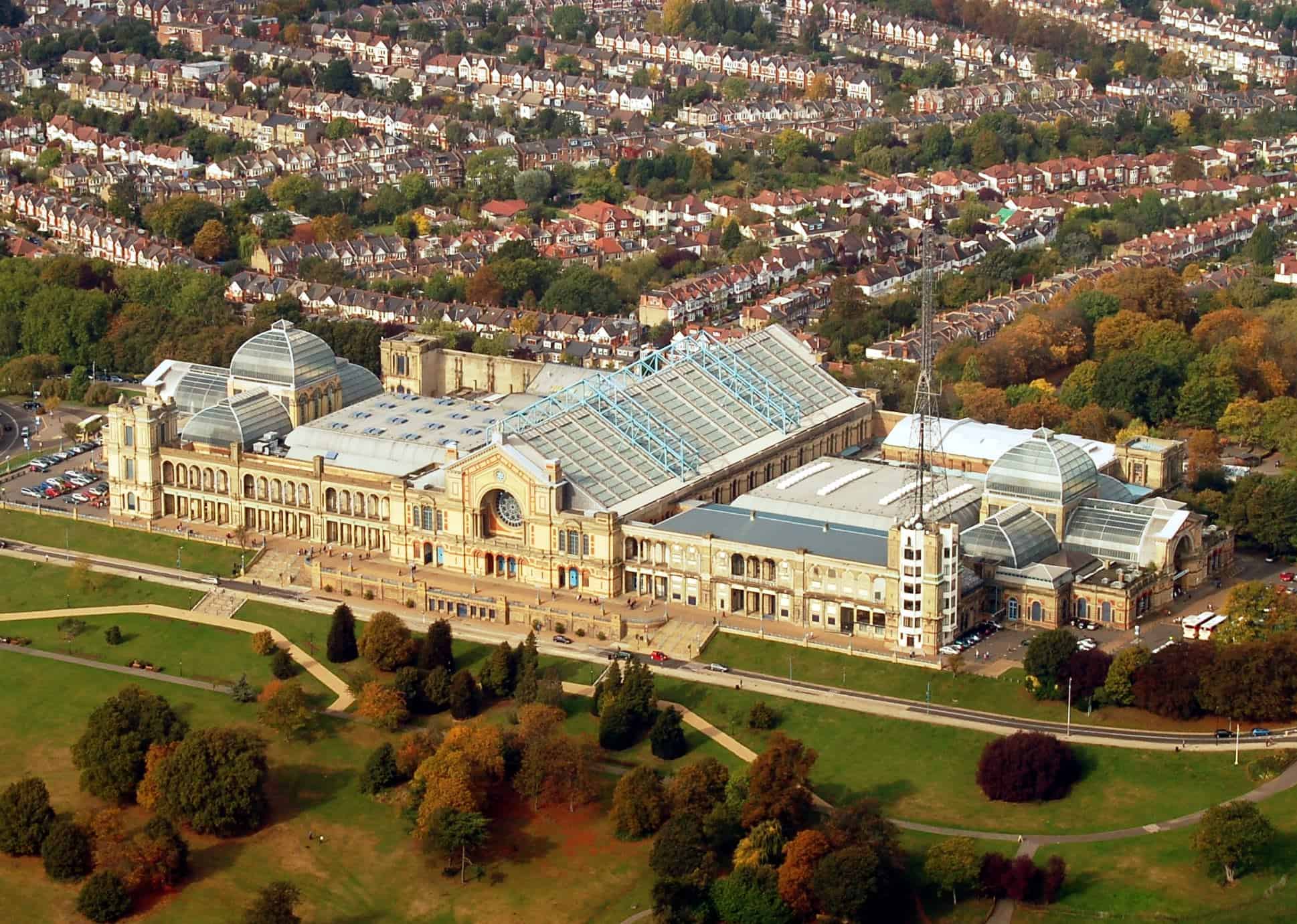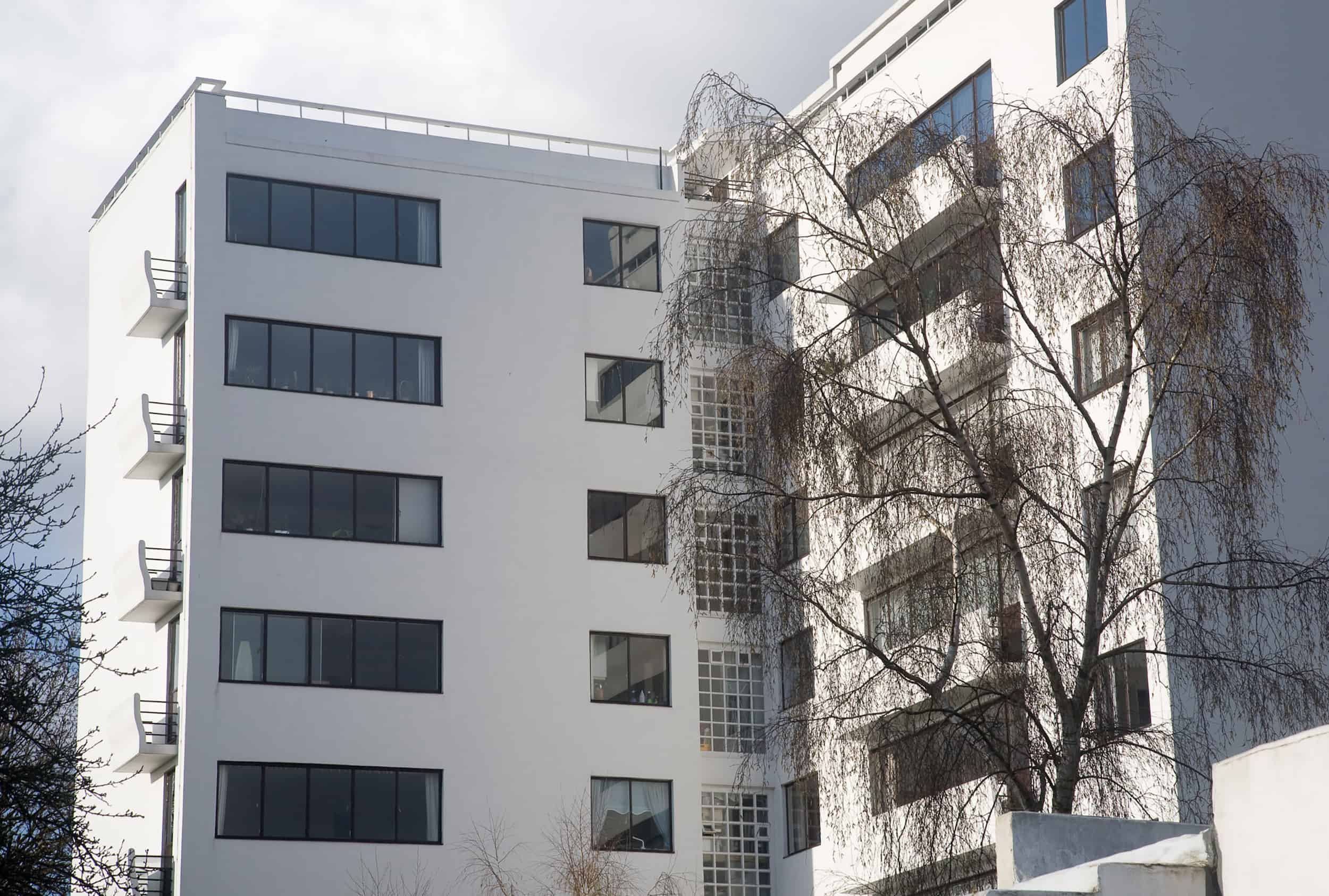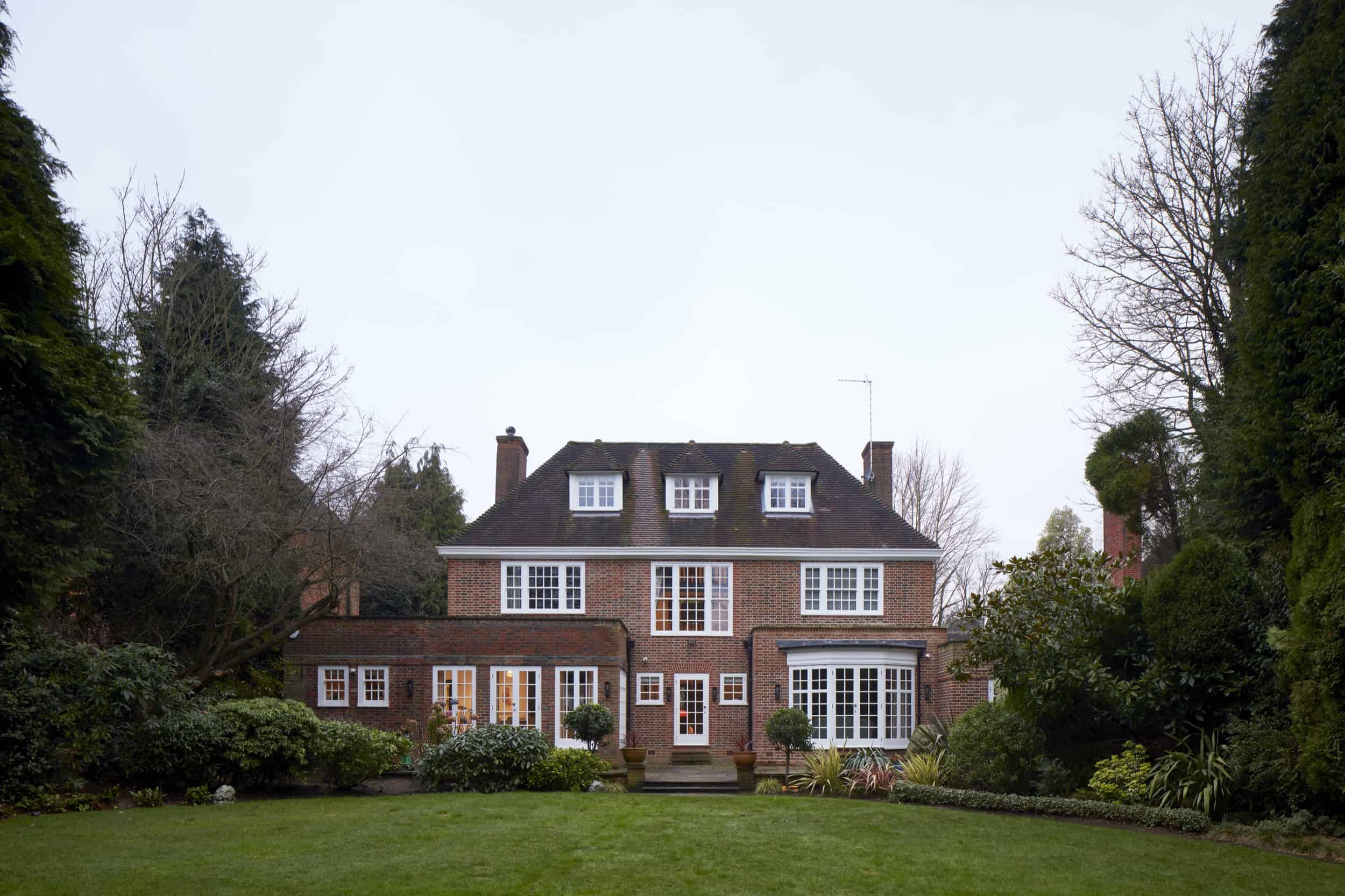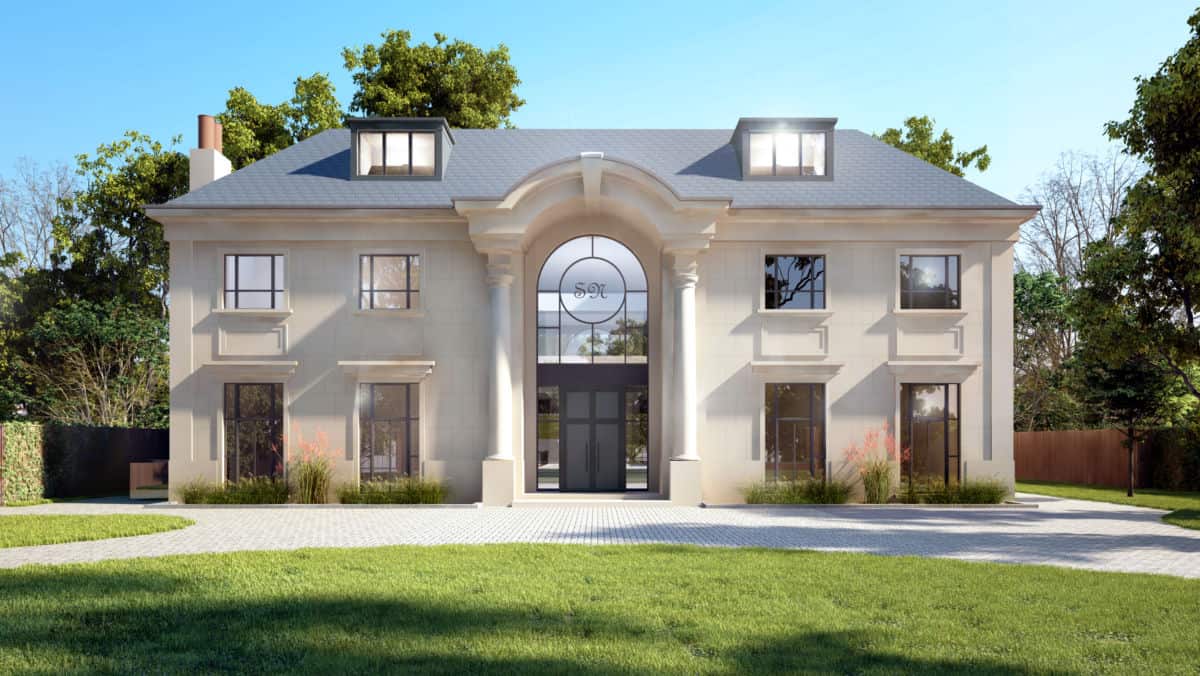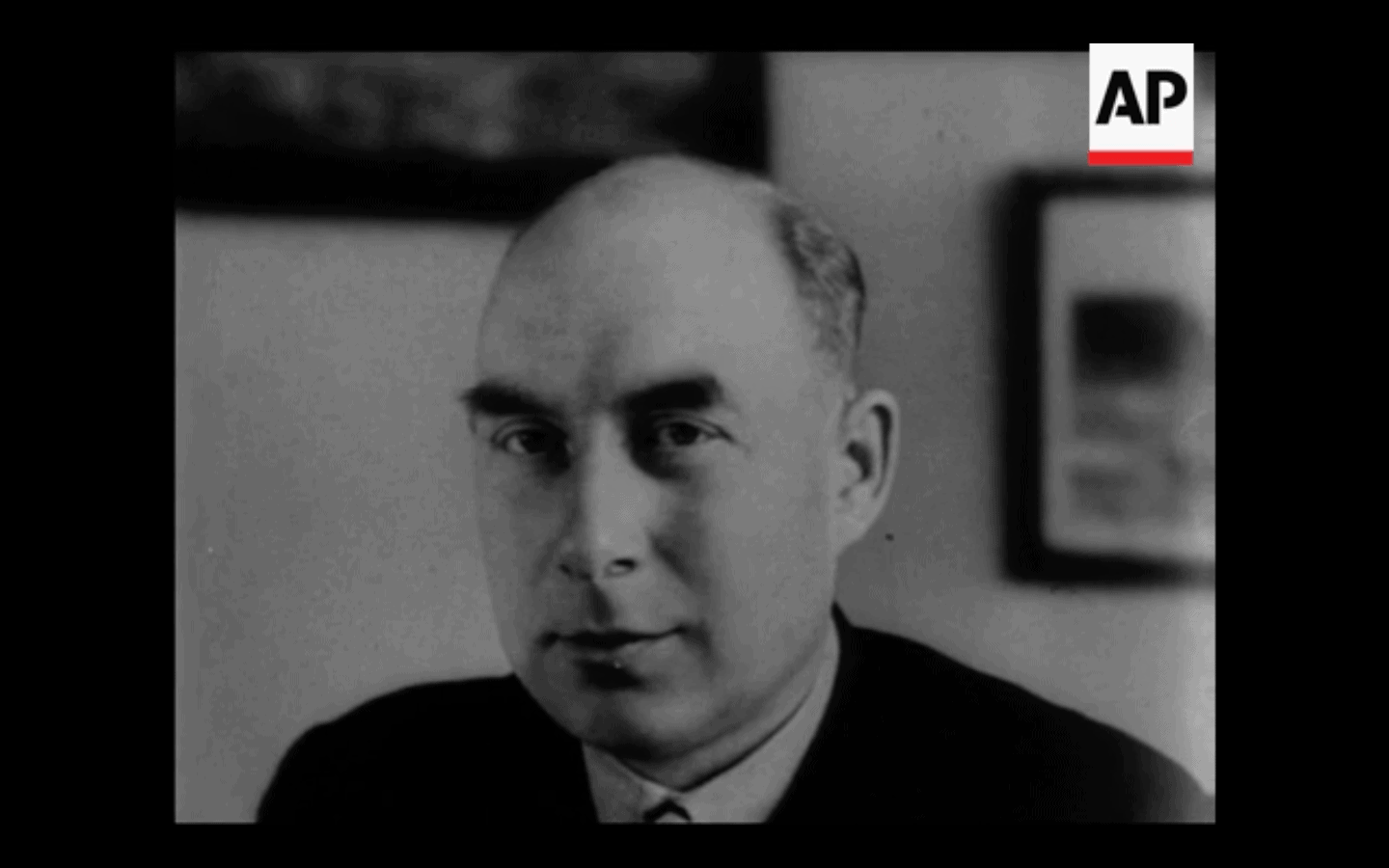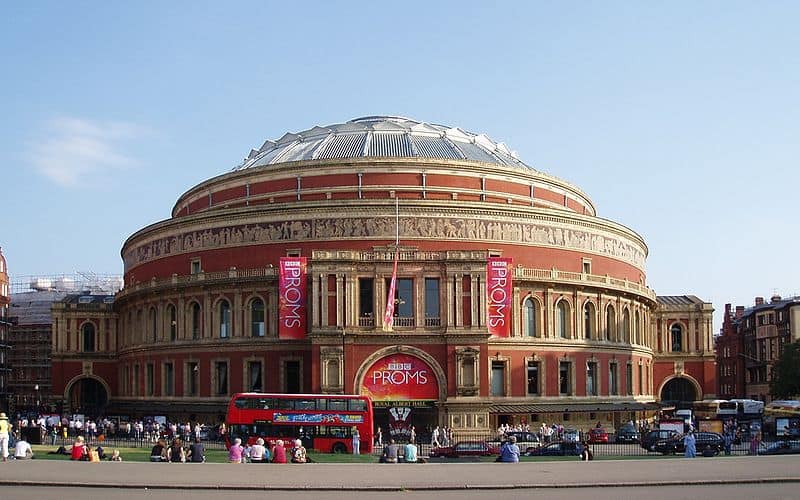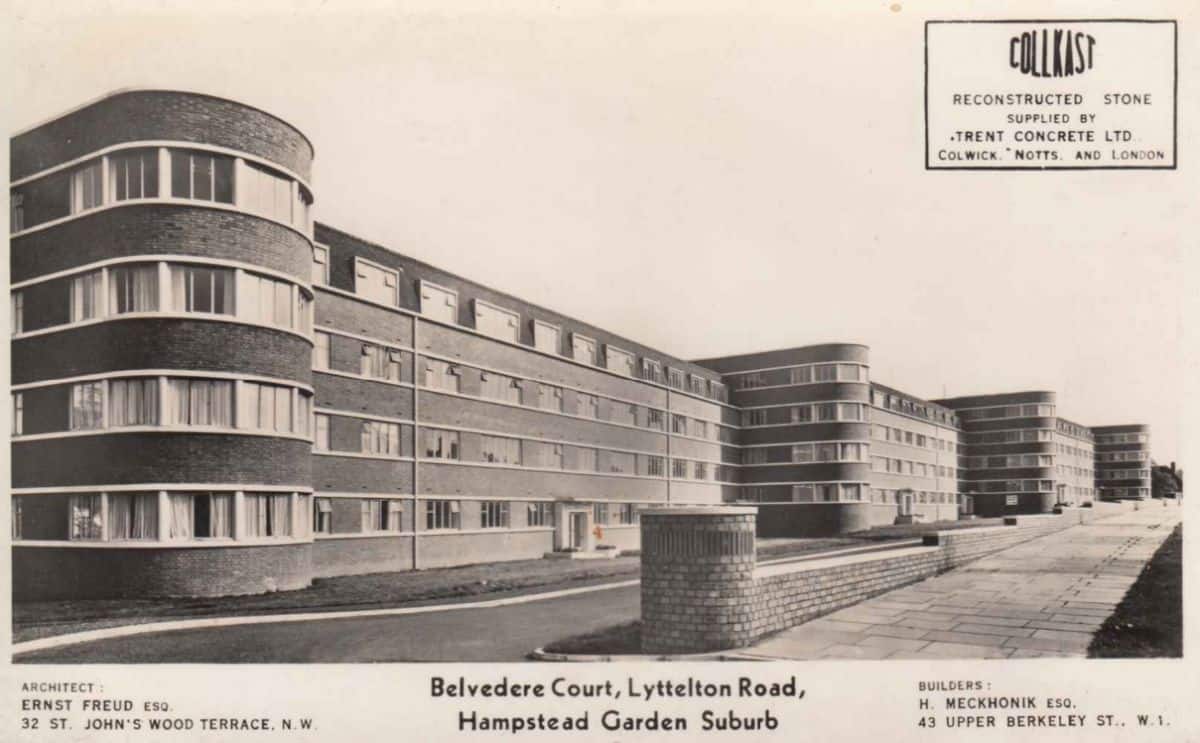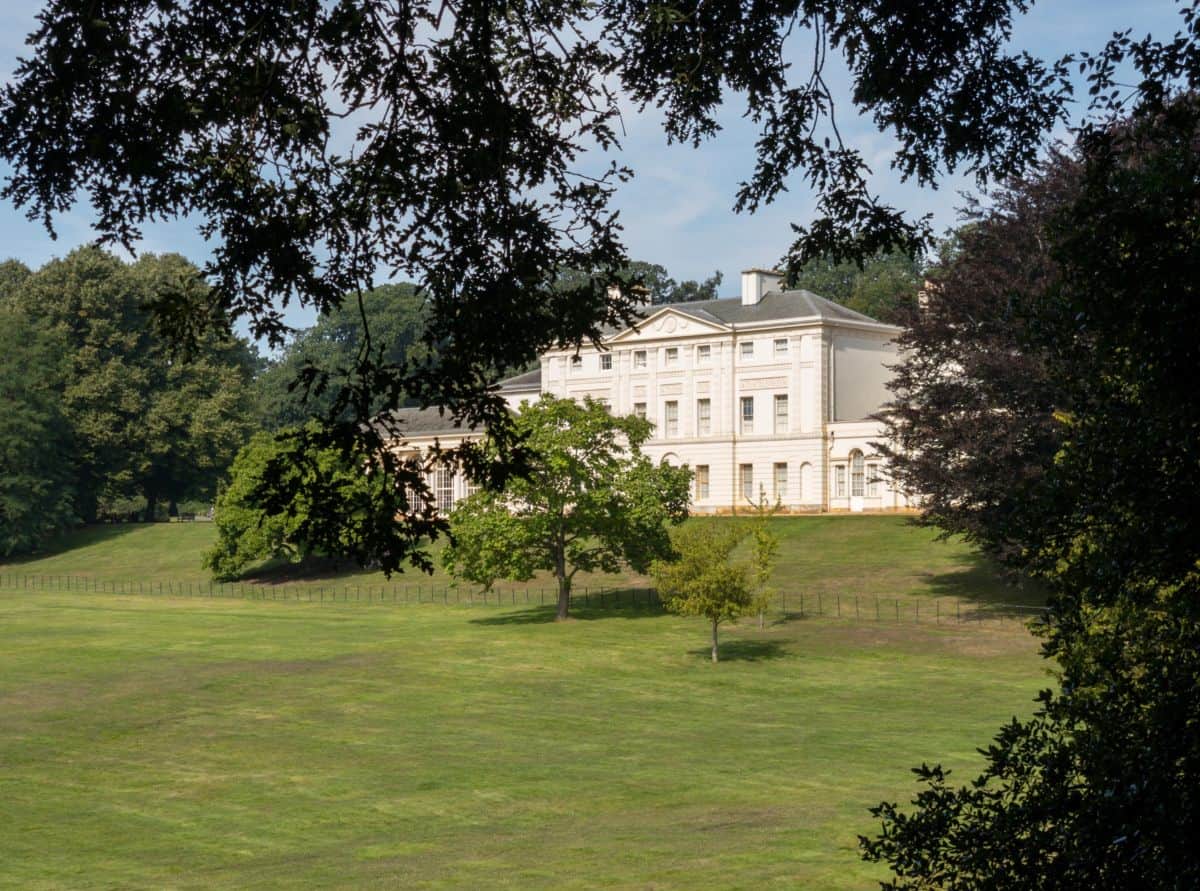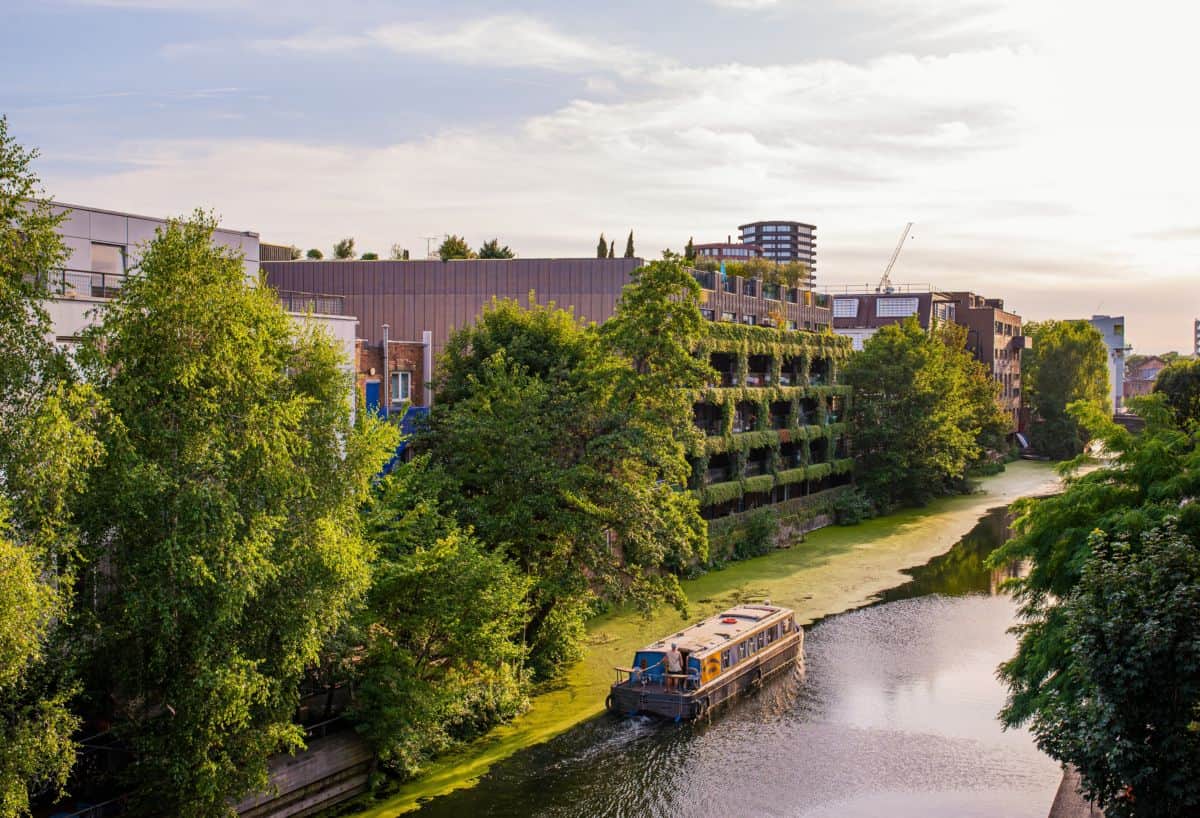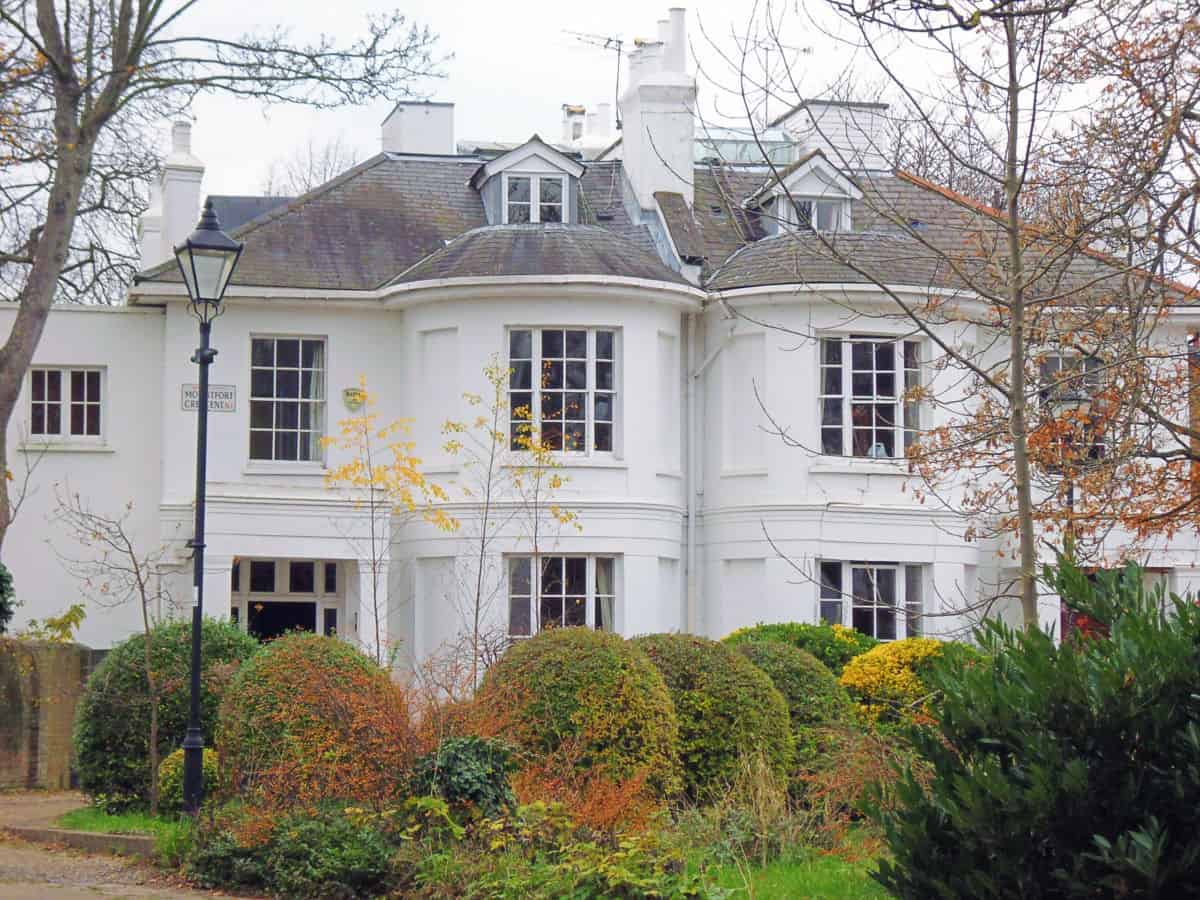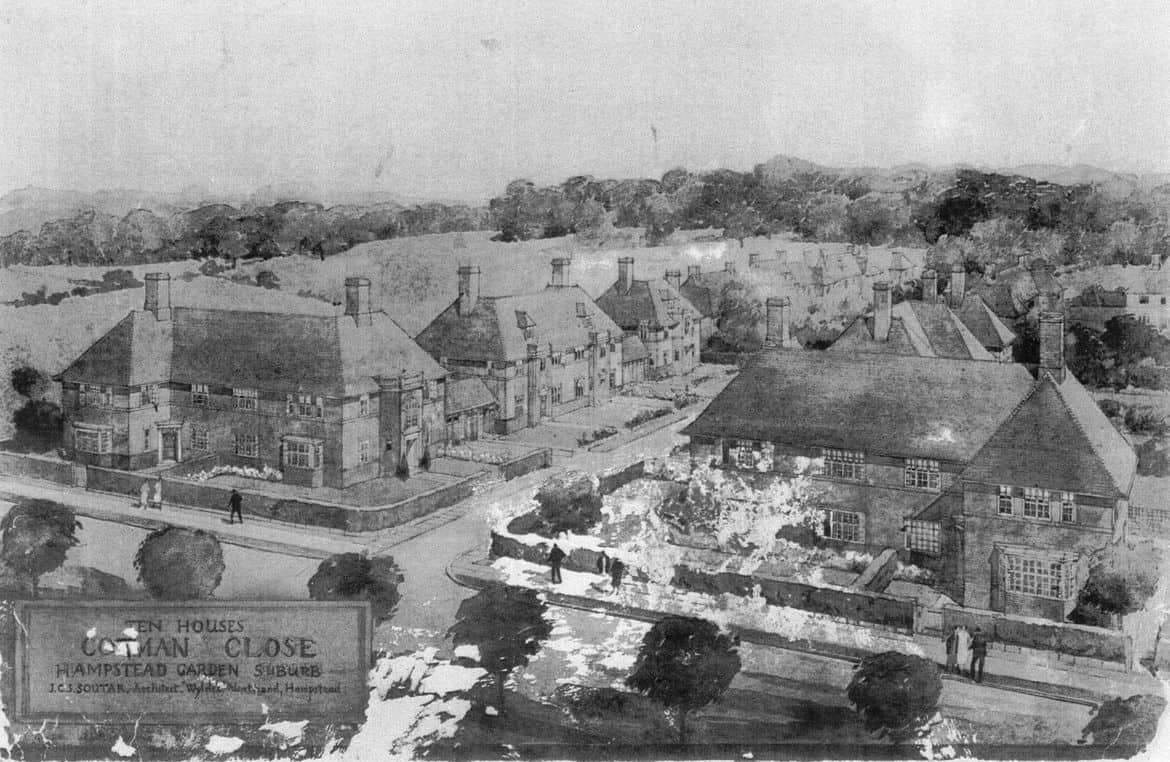The History of Cromwell House, Highgate

Cromwell House is undoubtedly one of London’s most striking buildings. In fact, as one of only two Grade I listed buildings in Haringey, this 17th-century property is one of the enduring landmarks in Highgate. Here at XUL, we believe that in order to fully appreciate incredible works such as these and take them into the future, we need to make sure we find out as much as possible about them.
If you have ever found yourself in Haringey, you will doubtless be aware of Cromwell House, and you might even have paid a visit there. Let’s take a look at the history of Highgate, and of Cromwell House, and the way in which it has become such an enduring feature of this area.
History of Highgate
As one of North London’s iconic suburbs, Highgate has to be one of the most impressive and indeed expensive places in London to live. Up until the Victorian era, Highgate was a small village situated just outside of London, becoming home to the eastern part of Hampstead Heath and the now popular tourist attraction Kenwood House. Highgate is now divided across three different London boroughs; Haringey, Camden and Islington. It is beautifully picturesque, making it the ideal location for place to call home.
Cromwell House
Back in 1637, a successful London merchant named Richard Srignell commissioned the construction of Cromwell House. Of course, there have been small, subtle changes over the years to maintain its aesthetic, but the home remains largely unchanged from that time. The big changes came in 1865, when the roof and cupola were rebuilt after being damaged following the outbreak of a fire. This has certainly given the house a slightly newer and more modern appearance, but this is something that can definitely be considered as a positive rather than a hindrance.
Brickwork
One of the key things that makes Cromwell House such a striking and unique property is the brickwork. It would be more common to expect lathe and plaster to be used, but the external brick and carved brickwork around the windows play a large role in making this a more aesthetically appealing property. It is believed that the building was probably not designed by one of the leading architects of the era, such as Inigo Jones, but, rather, by a person who was less well-known. In some ways, this makes the enduring design and style of the building all the more impressive and intriguing.
Details
Looking at the details of the makeup of a property like this can often make for fascinating reading, and Cromwell House is no different. It’s not just the Renaissance brickwork that is one of the fascinating and hugely appealing parts of this home. It has two storeys, seven windows, an attic, and a basement, not to mention an impressive slated mansard roof with seven dormers. With raised brick-eared window architraves, early 19th-century sash windows, and original doors, carved stone fireplaces, and some 18th-century renovations too, this is a thrillingly unique house full of character.
Interior
Among the myriad of internal features that make this an impressive home, there are two stand-out features that really draw the eye. The first is the plasterwork ceilings on the first floor, which, gladly, seemed to have avoided damage from the fire. The other feature of note is the stunning grand staircase depicting carved statues of soldiers. It’s a remarkable feat of architecture and a spectacular feature that really helps put this building on the architectural map.
What’s in a name?
So, you might be wondering exactly why and how the home came to be called Cromwell House. Well, the exact details of this remain unclear and shrouded in a degree of mystery, however, there are generally thought to be two reasons. The first is the military themes in the home, such as carved statues of soldiers, drums, arms, and trophies, which were believed to be a reference to London militia and the military. Oliver Cromwell, who once served as Lord Protector of the British Isles would have been a go-to reference for a lot of people. Especially when you consider there might have been a confusion with John Ireton (brother of Cromwell’s favourite son-in-law). These factors led the home to secure its name in the early 19th-century, but in reality, Cromwell had no direct link to the property.
Life as a hospital
One of the little-known facts about Cromwell House is that it has a past as a place that was used to help sick children get better. Indeed, it seems that from 1867 up to around 1924, the home became a convalescent home for children who were patients at Great Ormond Street Hospital. It meant that more children could be treated at the hospital, and provided beds so that even the poor would have a chance of treatment. Most convalescent homes did not accept children under the age of 4. Cromwell House was an attempt to combat this by accepting children of all ages who needed care. After the convalescent home closed, the building was turned into a children’s home, called Mothercraft/Truby King Children’s Home, which was in operation from 1924 until it closed in 1951.
As you can see, this is a building with a great deal of history, not to mention some epic architectural features to match. Cromwell House continues to play an important role in the history of Highgate, and we are sure this is a building that is going to endure for years to come. Whether it’s the curious circumstances behind the name, the unique and eye-catching features both inside and outside the property, or the fact that it once had a history as a children’s hospital, there is no doubt that Cromwell House is an excellent addition to Highgate, and to London as a city.


